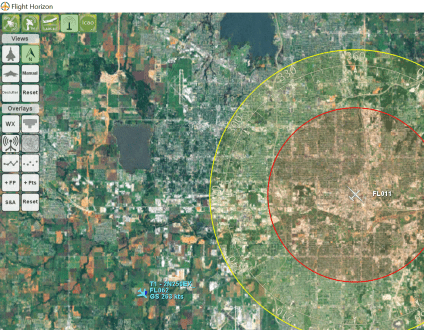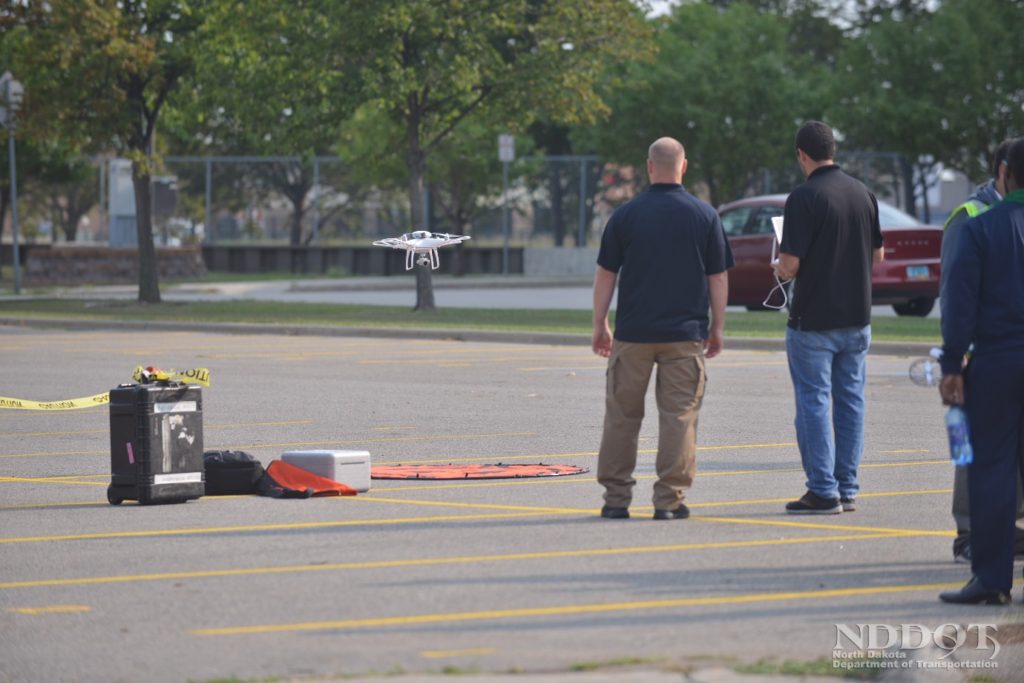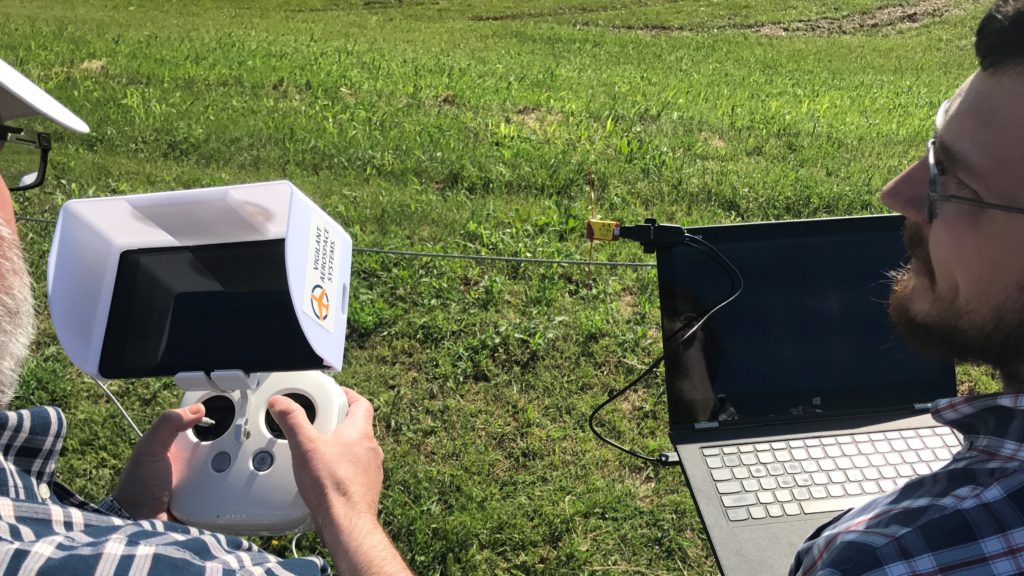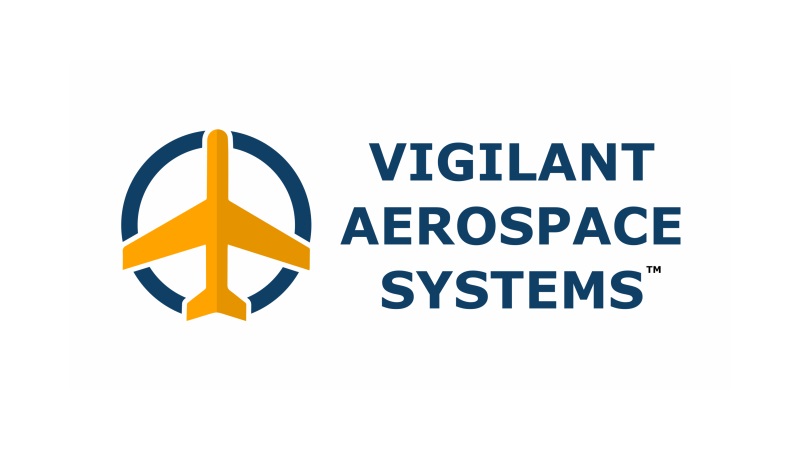What is the Integration Pilot Program?
The Unmanned Aircraft Systems (UAS) Integration Pilot Programs (IPP) is an opportunity for state, local, and tribal governments to partner with private sector entities, such as UAS operators or manufacturers, to accelerate safe UAS integration. The IPP is the nation’s premier test-bed for defining the future rules for unmanned aircraft systems (UAS) in the US and unlocking the full commercial potential of UAS. Through the IPP, the ten selected teams are beginning to test wider ranges of operations than are typically permitted under FAA rules including flights beyond visual line-of-sight, package delivery, routine flights over people, night-time flights, and other advanced operations. IPP flights are supporting missions like infrastructure inspection, asset and environmental monitoring, precision agriculture, emergency response and other innovative uses for unmanned aircraft. The IPP will help the U.S. Department of Transportation (USDOT) and Federal Aviation Administration (FAA) craft new enabling rules that allow more complex low-altitude operations. For more information, visit the FAA UAS Integration Pilot Program web page.Taking Flight at FargoDome

Credit: Spotlight Media / Bison Illustrated
Monitoring the Drone Flights with FlightHorizon GCS
 Both CNN and BotLink will be operating small drones over the event to capture video footage and to demonstrate safe flights over people. Vigilant Aerospace staff will be using FlightHorizon GCS during the flights to monitor the airspace over the FargoDome, to log the flights and to provide real-time traffic alerts to the UAS pilots, when necessary.
FlightHorizon GCS™ (Ground Control Station) is a complete solution to allow unmanned aircraft pilots to detect, track, predict and avoid other aircraft. The software uses algorithms and flight rules to achieve safety by sending commands to self-separate and and maintain well-clear distances to the unmanned aircraft pilot to avoid conflicts quickly and efficiently.
“Flighthorizon GCS airspace management system will provide the traffic alerts if any aircraft fly into the operational area,” said Vigilant Aerospace Systems CEO, Kraettli Epperson, “we’re confident that our system will monitor the airspace and provide the airspace data to support the team’s initiatives in these flights.”
Both CNN and BotLink will be operating small drones over the event to capture video footage and to demonstrate safe flights over people. Vigilant Aerospace staff will be using FlightHorizon GCS during the flights to monitor the airspace over the FargoDome, to log the flights and to provide real-time traffic alerts to the UAS pilots, when necessary.
FlightHorizon GCS™ (Ground Control Station) is a complete solution to allow unmanned aircraft pilots to detect, track, predict and avoid other aircraft. The software uses algorithms and flight rules to achieve safety by sending commands to self-separate and and maintain well-clear distances to the unmanned aircraft pilot to avoid conflicts quickly and efficiently.
“Flighthorizon GCS airspace management system will provide the traffic alerts if any aircraft fly into the operational area,” said Vigilant Aerospace Systems CEO, Kraettli Epperson, “we’re confident that our system will monitor the airspace and provide the airspace data to support the team’s initiatives in these flights.”
Integration Pilot Program Community Outreach
The IPP team will have a community outreach tent at the tailgate that will serve as a base station for the IPP team to actively monitor the flight operations and answer questions anyone might have about the flights, team objectives, and safety of the unmanned aircraft operations. This operation provides a dual opportunity for the team to safely flight test operations over people, gathering important data for progressing regulations and moving the UAS industry forward, and to actively be in contact and communicate with the community who will be able to witness these flight operations first-hand. The overall goal of these flights is to provide safety case testing and data on operating unmanned aircraft systems (UAS) over people not actively participating in the flight operations, which is one of the main focuses of the IPP. Currently flight operations over people is prohibited by regulation (Part 107.39) without a special waiver from the FAA. These flights will serve to record safety mitigation data for unmanned flights over people which will then provide a basis for new regulations to allow routine flights over people in urban, populated areas. Community outreach is important to the IPP as the team continues to work to provide safety case data to regulators to safely and efficiently integrate UAS into the national airspace. Russ Buchholz, the UAS Integration Program Administrator for NDDOT, told Inside Unmanned Systems: “While it’s good to get the public involved and to gain insights from their feedback, this type of engagement could lead to obstacles along the way, especially if someone objects to drone flights in their neighborhood because they don’t understand the benefit” (“Focus on BVLOS and Flights Over People”).North Dakota IPP Moving Forward
After they are able to successfully provide safety case data from these flights, the team plans to operate more drones simultaneously in the same airspace. Buchholz explained the team’s plans to Inside Unmanned Systems, “First, we’re going to deploy one system to make sure we can validate the data. In the future, we’ll have multiple drones. We’ll start with two in controlled airspace and could go further than that, but we have to be able to prove the safety case. We expect to eventually have multiple drones using sensor development to detect and avoid so they’re not conflicting with one another” (“Focus on BVLOS and Flights Over People”). The second phase of testing will focus on beyond visual line-of-sight (BVLOS) operations for inspecting transmission lines. According to the article by Inside Unmanned Systems, the beyond visual line-of-sight (BVLOS) operations will build on the previous operations over people as the team will focus on aerial inspections of distribution lines in urban, city environments rather than focusing on the rural transmission lines (“Focus on BVLOS and Flights Over People”). Nick Flom, Executive Director of the Northern Plains UAS Test Site and IPP partner, commented to Inside Unmanned Systems, “We’re adding to the complexity by doing more urban environment operations, while still focusing on BVLOS. That adds value to the research” (“Focus on BVLOS and Flights Over People”). According to the article, once the team has successfully recorded safety cases for the first two initiatives they will move on to pursue flight operations including aerial inspections of roadways and bridges (“Focus on BVLOS and Flights Over People”). Related Articles:- “Focus on BVLOS and Flights Over People – IPP North Dakota.” Inside Unmanned Systems; 31 August 2018.
- “FAA Sharpens IPP Teams’ Focus.” Inside Unmanned Systems; 29 August 2018.
- “The UAS Integration Pilot Program is Underway: North Dakota Gets Started with Parazero Parachutes for Drones.” DroneLife; 15 August 2018.
- “IPP: FAA Grants Botlink North Dakota UAS Partnership.” DroneLife; 1 June 2018.
- “NDDOT Selected For UAS Pilot Program.” NDDOT, www.DOT.ND.gov.




